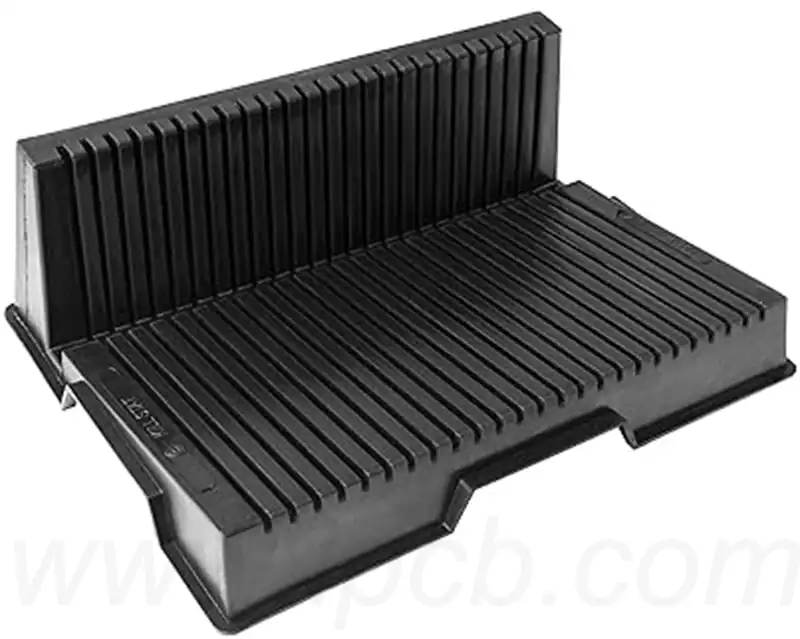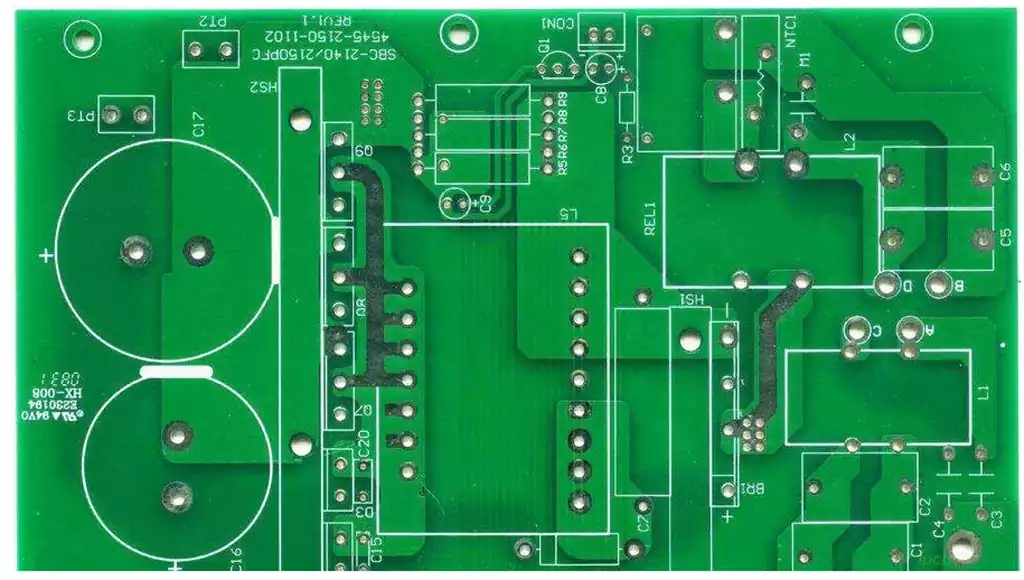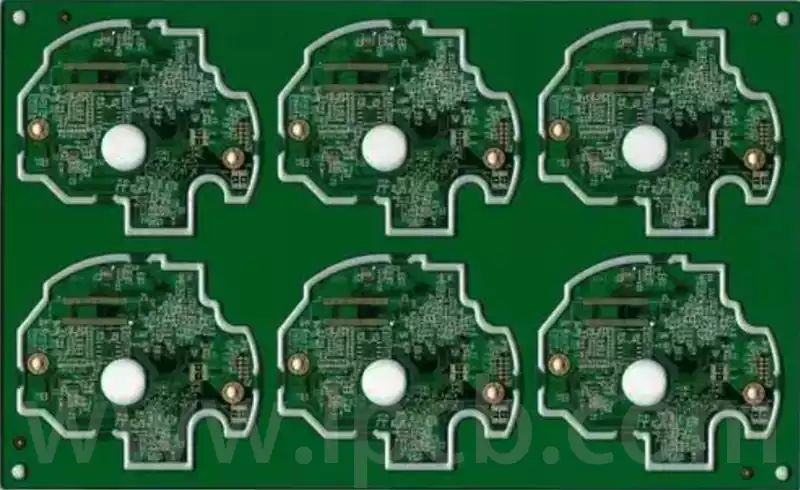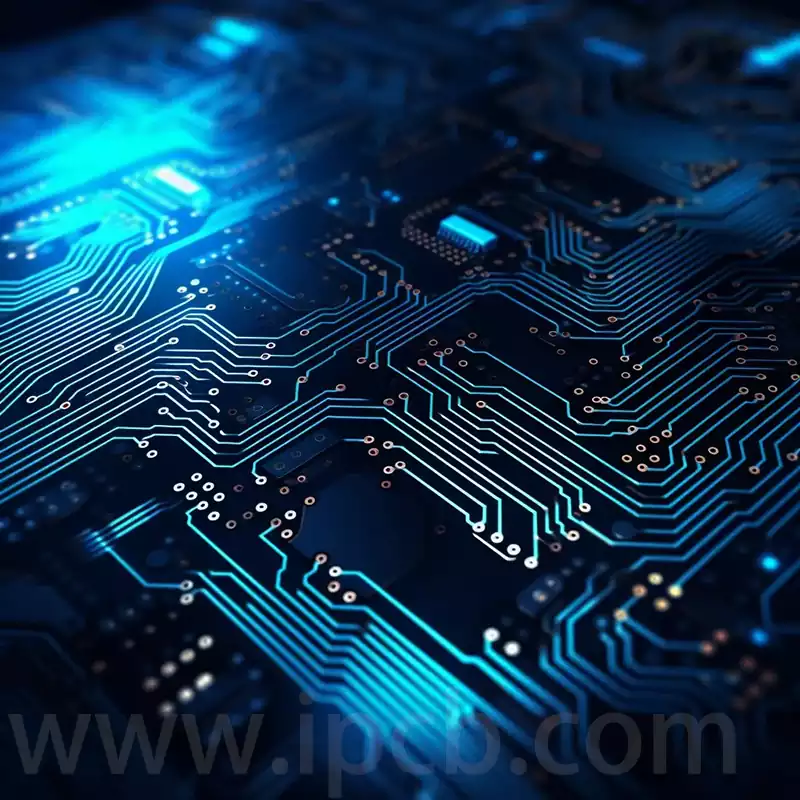Integrated circuit boards, also known as printed circuit boards (PCBs), are indispensable components in modern electronic equipment. They secure electronic components onto an insulating substrate via surface mounting or through-hole insertion, connecting each component through conductive pathways to realise circuit functionality. The operating principle of integrated circuit boards involves connecting power supply voltages, signal currents, and ground lines to form a complete circuit system.
Classification of Integrated Circuits
Functional Structure
Integrated circuits, also termed ICs, are categorised into three primary types based on function and structure: analogue integrated circuits, digital integrated circuits, and mixed-signal integrated circuits.
Analogue integrated circuits, also known as linear circuits, are employed to generate, amplify, and process various analogue signals (signals whose amplitude varies with time, such as audio signals in semiconductor radios or tape signals in video recorders).
Digital integrated circuits are employed to generate, amplify, and process diverse digital signals (signals exhibiting discrete values in both time and amplitude, such as those in 3G mobile phones, digital cameras, computer CPUs, digital television logic control, and the playback of audio and video signals).
Manufacturing Process
Integrated circuits may be categorised by manufacturing process into semiconductor integrated circuits and thin-film integrated circuits.
Thin-film integrated circuits are further subdivided into thick-film integrated circuits and thin-film integrated circuits.
Integrated circuits may be categorised as:
SSIC Small-scale integrated circuits
MSIC Medium-scale integrated circuits
LSIC Large-scale integrated circuits
VLSIC Very large-scale integrated circuits
ULSI Ultra-large-scale integrated circuits
GSIC Giant-scale integrated circuits, also termed ultra-large-scale integrated circuits or very very large-scale integrated circuits.
Different Conductive Types
Integrated circuits may be categorised by conductive type into bipolar integrated circuits and unipolar integrated circuits, both of which are digital integrated circuits.
Bipolar integrated circuits involve complex manufacturing processes and exhibit higher power consumption, encompassing types such as TTL, ECL, HTL, LST-TL, and STTL. Unipolar integrated circuits feature simpler fabrication techniques, lower power consumption, and are readily suited for large-scale integration.
By Purpose
Integrated circuits may be categorised as follows: television circuits, audio circuits, DVD player circuits, video recorder circuits, computer (microcomputer) circuits, electronic organ circuits, communication circuits, integrated circuit camera circuits, remote control circuits, language circuits, alarm circuits, and various specialised integrated circuits.
By Application Field
Integrated circuits may be categorised by application field into standard general-purpose integrated circuits and specialised integrated circuits.
By Shape
Integrated circuits may be classified by shape into circular (metal-cased transistor package type, generally suitable for high power), flat (offering good stability and compact size), and dual in-line package types.
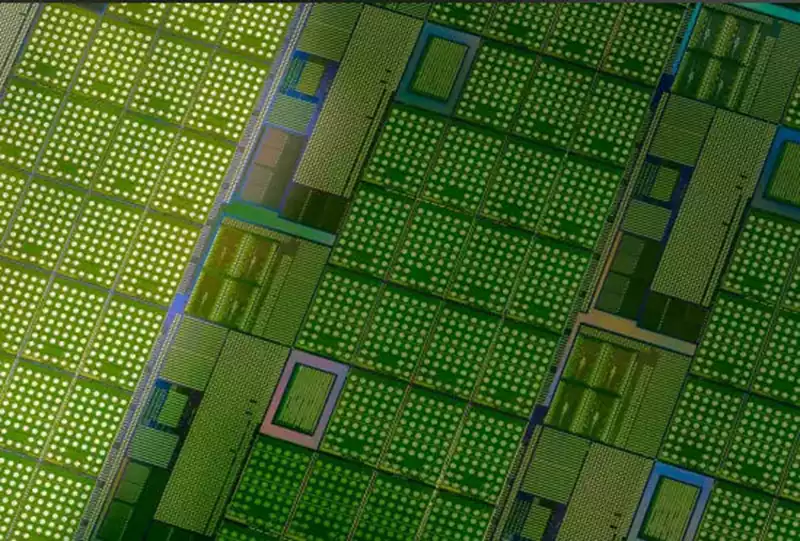
The operational principles of an integrated circuit board can be divided into the following steps:
Power Supply: The integrated circuit board requires a stable power supply voltage to function correctly. Power supply voltages are typically divided into positive and negative voltages, connected to the board’s positive and negative terminals respectively. The power supply voltage is transmitted through conductive pathways to each component, providing the electrical energy required for their operation.
Signal Transmission: Electronic components within the integrated circuit board must exchange signals to execute circuit functions. Signal transmission may occur via conductive pathways or through wireless means. Within conductive pathways, signal currents flow along copper foil traces, transferring from one component to another. During this process, components such as resistors and capacitors may be encountered, which exert certain influences upon the signal.
Signal Processing: Electronic components within the integrated circuit board can process signals through operations such as amplification, filtering, and modulation/demodulation. These processing steps are typically achieved through the semiconductor materials within the electronic components. For instance, transistors can perform current amplification, while diodes can execute rectification functions.
Output Results: Following signal processing, the integrated circuit board outputs corresponding results. These outputs may be digital signals or analogue signals. Digital signals are typically represented by high and low voltage levels, while analogue signals can be expressed through continuously varying waveforms. Output results may be transmitted via conductive pathways to other devices or components, or displayed through devices such as monitors or loudspeakers.
Grounding: The grounding system within an integrated circuit board constitutes a critical component. The ground line provides a reference potential for the circuit, enabling the measurement and control of voltage differences between components. Simultaneously, it offers a return path for current flow, ensuring unimpeded electrical circulation.
Through the coordinated operation of insulating substrates, conductive pathways, electronic components, and soldering materials, the integrated circuit board fulfils core functions including power supply, signal transmission and processing, output generation, and stable grounding. This forms the fundamental foundation for the proper operation of modern electronic devices.
